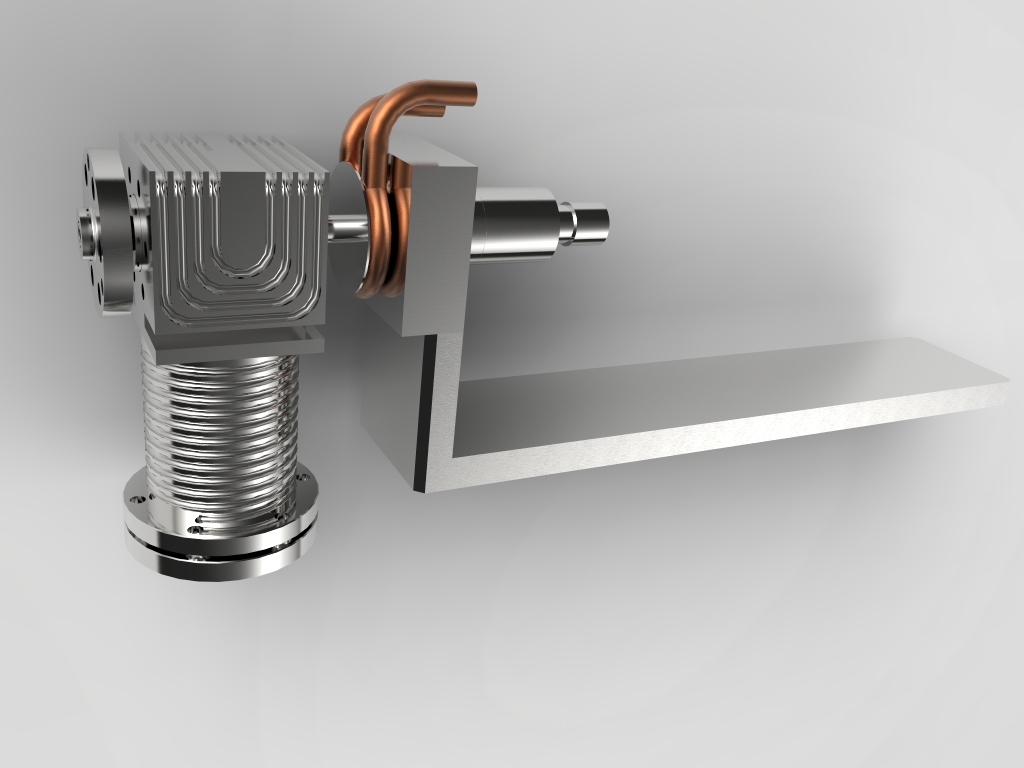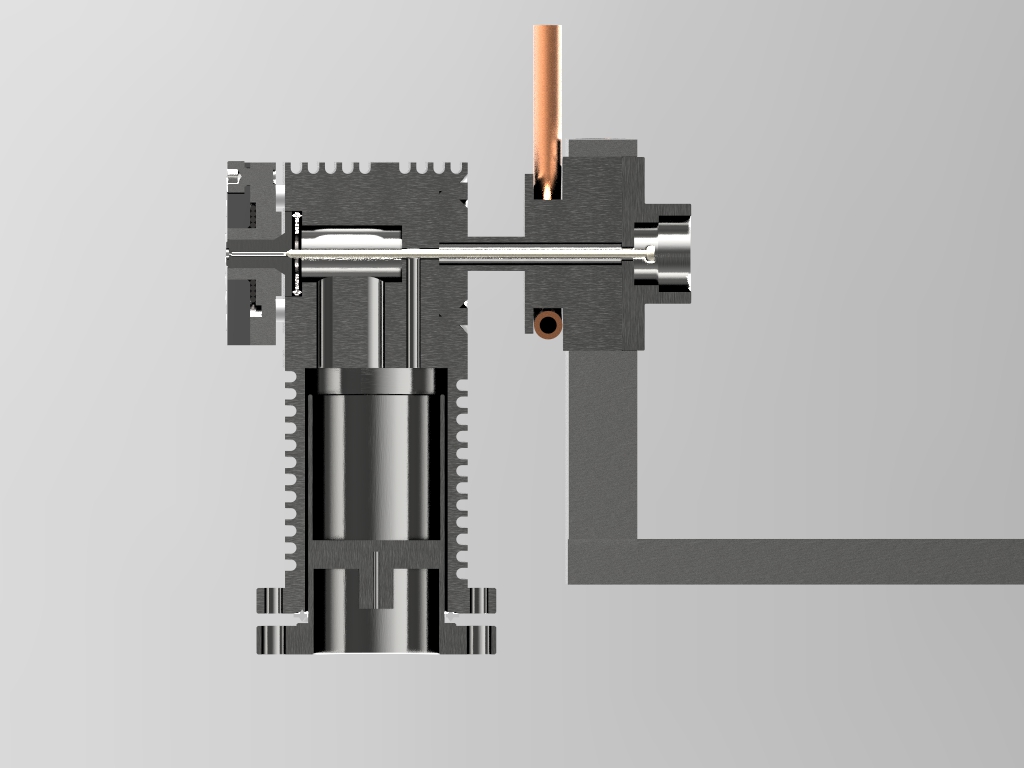
Pulsed supersonic molecular beam source
The molecular beam source is used to produce a molecular beam consisting mainly of dimers. The beam is referred to as supersonic because its propagation in a vacuum occurs at a speed higher than the speed of sound under the same conditions. The operation principle of the source based on the rapid cooling of the injected particles associated with a significant pressure difference. Under these conditions, the rotational and oscillatory movements of the nuclei of the atoms forming the molecule are reduced so that the molecules are in lower oscillatory and rotational states. It allows for the simplification of the spectra used in laser spectroscopy. The source makes it possible to create a beam containing cadmium atoms: Cd₂ or cadmium noble gas (Ng) dimers CdNg.
The device was reported to the Patent Office as an invention. Application number: P.419598.
The most significant device features:
- Obtaining a supersonic, cooled molecular beam
- The nozzle opening is regulated by a needle coupled with fittings located in the coil of the electromagnetic valve
- The construction of the source and the method of supplying the carrier gas make it possible to limit the deposition of the material, significantly extending the time of failure-free operation
- The modern carrier gas delivery method ensures a high concentration of dimers

Specification:
| Nozzle hole diameter | 0,2 mm |
| Source temperature | of the order of several hundred K |
| The pressure in the starting area | of a 10 bar |
| Pressure in the target area | of a 10ˉ³ bar |
| Cadmium heating up temperature | 920 K (The condition for obtaining the desired vapor pressureCd) |





